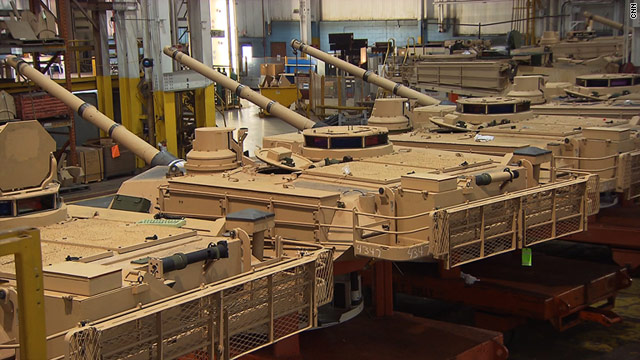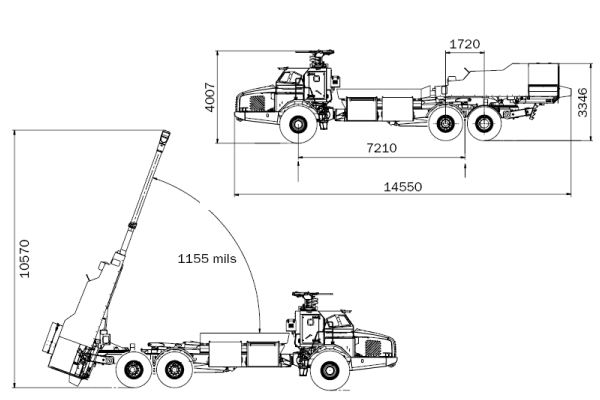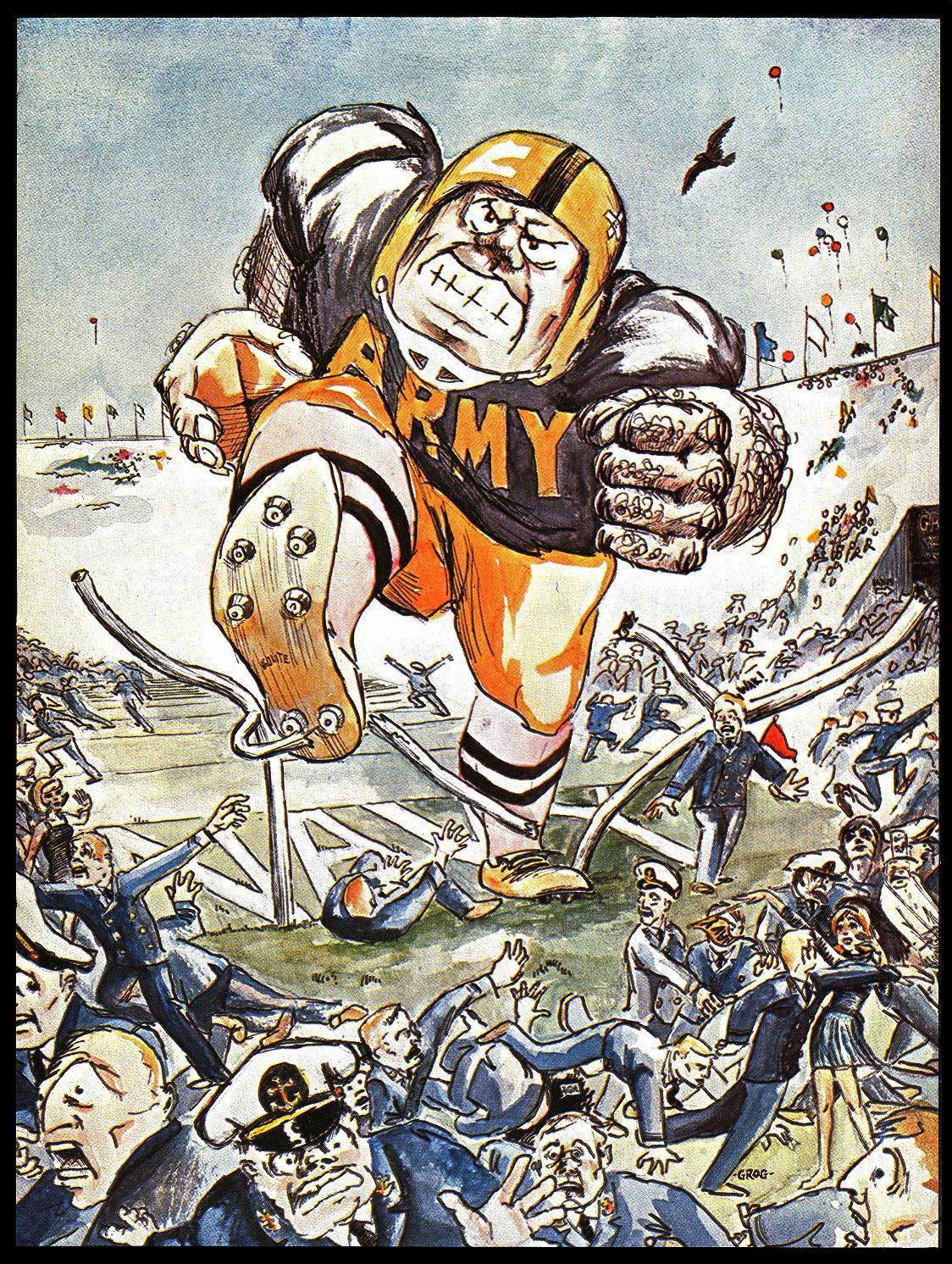Imagine a world where the reach, flexibility, and speed of the 82nd Airborne Division were somehow combined with the firepower, intimidation, and muscle of the 1st Armored Division. If you love America, rejoice, because that world exists and you are living in it. The Army has decided to bring back a capability that has been lost for nearly 20 years, the light armor airborne tank. In the years following our exits from Iraq and Afghanistan, the 82nd Airborne will be relied upon to be America’s quick reaction force wherever and whenever they may be needed. Army leadership has acknowledged this and realized that the 82nd needs a way to bring more firepower and security for their troops to the battlefield without sacrificing their global reach. As awesome an idea as it is to bring back the airborne tank, logistically there are some issues that need to be addressed.
 First is
the cost and time associated with developing, producing and buying a new
vehicle to fill the requirements put out by the Army. With a tight budget, and
the desire to fill this capability gap as quickly as possible, the Army has
decided that the vehicle chosen will be an existing
platform that can be bought immediately, rather than a new design project
that could take a few years. Currently the Stryker Mobile Gun System (MGS) is a
strong contender.
First is
the cost and time associated with developing, producing and buying a new
vehicle to fill the requirements put out by the Army. With a tight budget, and
the desire to fill this capability gap as quickly as possible, the Army has
decided that the vehicle chosen will be an existing
platform that can be bought immediately, rather than a new design project
that could take a few years. Currently the Stryker Mobile Gun System (MGS) is a
strong contender.
The next
logistical consideration is how the addition of armor affects supply
consumption rates. Tanks, even small ones, burn a lot of fuel and take a lot of
heavy ammunition. The increased supply needs of an airborne unit with the
addition of tanks are significant. In addition, the expeditionary nature of the
82nd makes this large increase in sustainment requirements a serious
consideration that must be addressed. The 82nd Airborne is designed
to be a light, fast and easily sustained force, something that would be changed
by the addition of airborne armor units.
The
addition of tanks to the 82nd Airborne is a great firepower and
security increase for the division, as well as a huge psychological weapon to
leverage against the enemy. The 82nd has scared dictators off the
throne before without ever landing in country, the addition of tanks will only
add to the fierce intimidation leveraged by the 82nd Airborne
Division.
Posted for "Andrew J Carter"
Posted for "Andrew J Carter"



















